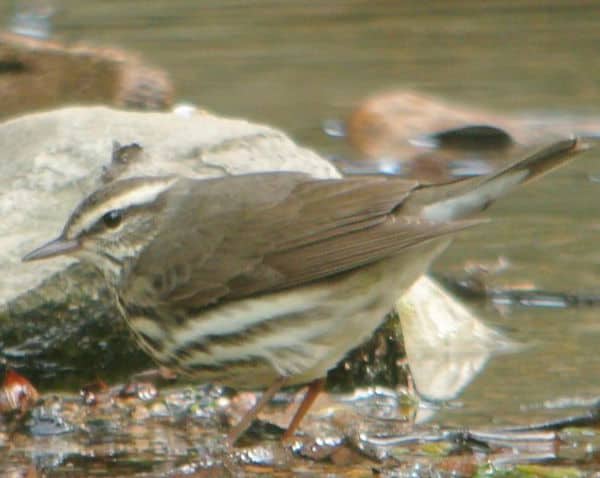Look For
Northern harriers appear large in the field, due to their long, narrow wings (38- to 48-inch wingspan) and long, slim tail. They perch on or near the ground, appearing to have a slim build (16 to 20 inches in length), long wings, and a small, squarish head. The adult male is snow-white underneath, with a contrasting black edge on the wings, and gray on top. Adult females and juveniles are brown on top and whitish or orangey below, lacking the black border on the wings.
Listen For
Northern harriers are usually silent, but give a high-pitched whee, whee, whee when defending a breeding territory or during courtship.
Find It
The northern harrier occurs in grasslands, marshes, and other open habitats throughout North America, except in parts of the northern Arctic. It nests across Canada and the northern United States, and winters across the Lower 48, Mexico, and the Caribbean.
Migration sites such as Hawk Mountain, Pennsylvania; Cape May Point, New Jersey; Kiptopeke, Virginia; Braddock Bay and Derby Hill, New York; Whitefish Point and Brockway Mountain, Michigan; Hawk Ridge, Minnesota; Hawk Cliff, Holiday Beach, and Grimsby, Ontario; Wasatch Mountains, Utah; Goshute Mountains, Nevada; Marin Headlands, California; and Gunsight Mountain, Alaska, are great places to see harriers as they head south from September to December and north from March through May.
Courtship and Nesting Behavior
Northern harriers are ground-nesting birds, with some males being polygamous and mating with more than one female. The male’s courtship flight is an amazing display of upside down flips and roller coaster-like dives.
Feeding Behavior
Northern harriers hunt by skimming low over the ground, constantly looking for mice or voles hidden in the grass. They are able to pivot on a dime when they spot their prey and drop upon it quickly. If they miss, they immediately recompose and start the search again. When successful, if other raptors are around, they tuck their catch close to their body and fly to a secluded spot to eat. They do catch small birds, but their main diet consists of mice and voles throughout their entire range.




